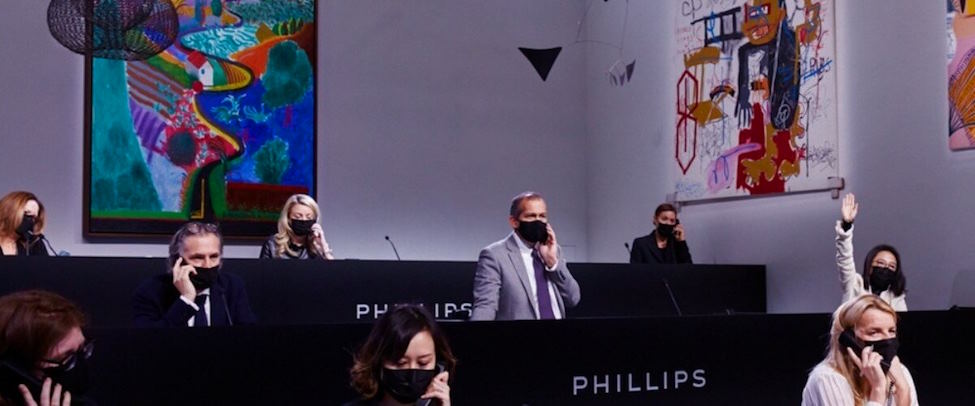Art auctions have been a cornerstone of the art world for centuries, providing a platform for collectors to acquire coveted masterpieces and artists to gain recognition. However, as we step further into the digital age, the landscape of art auctions is poised for transformation. In this article, we explore the future of art auctions, where technology and tradition meet, and examine the enduring appeal of virtual and traditional auction formats.
The Role of Technology in Art Auctions
Online Auctions
The shift toward online art auctions has been accelerated by the internet’s global connectivity. Platforms like Sotheby’s, Christie’s, and even niche marketplaces enable collectors to bid from anywhere in the world.
Blockchain and NFTs
Blockchain technology has introduced the concept of non-fungible tokens (NFTs) to the art market. NFTs offer a new way to verify the authenticity and ownership of digital and physical art, potentially revolutionizing provenance tracking.
Virtual Reality (VR)
VR allows collectors to experience artworks in a digital space. Auction houses are experimenting with VR to host virtual exhibitions and auction previews, bringing immersive experiences to a global audience.
Artificial Intelligence (AI)
AI algorithms can analyze art market trends and predict auction outcomes. This technology can help collectors make informed decisions about their acquisitions.

The Enduring Appeal of Traditional Auctions
In-Person Experience
Traditional auctions provide a sensory experience that cannot be replicated online. The excitement in the auction room, the palpable tension during bidding wars, and the thrill of raising a paddle are part of the allure.
Expertise and Curation
Auction houses offer expert curation and authentication services. Buyers trust their expertise when investing in high-value artworks.
Established Tradition
Traditional auctions are deeply ingrained in the art world’s history and culture. They provide a sense of continuity and heritage.
The Hybrid Auction Model
Blending Virtual and Traditional
Many auction houses are adopting a hybrid model combining virtual and traditional auctions. This approach allows collectors to choose how they participate, either in person or online.
Expanding Reach
Hybrid auctions broaden the reach of artworks. Collectors who might not attend in person can still engage in bidding.
Enhanced Previews
VR technology enhances the pre-auction experience. Collectors can explore artworks virtually before making decisions.
The Future Collector’s Dilemma
Choice and Flexibility
The future collector will have more options than ever. Depending on their preferences and goals, they can choose between traditional, online, and hybrid auctions.
Technological Literacy
As technology becomes more integrated into the art market, collectors may need to become more tech-savvy to navigate this evolving landscape.
Digital Art
The rise of digital and NFT art poses unique challenges for collectors, from understanding ownership rights to securely storing digital assets.



